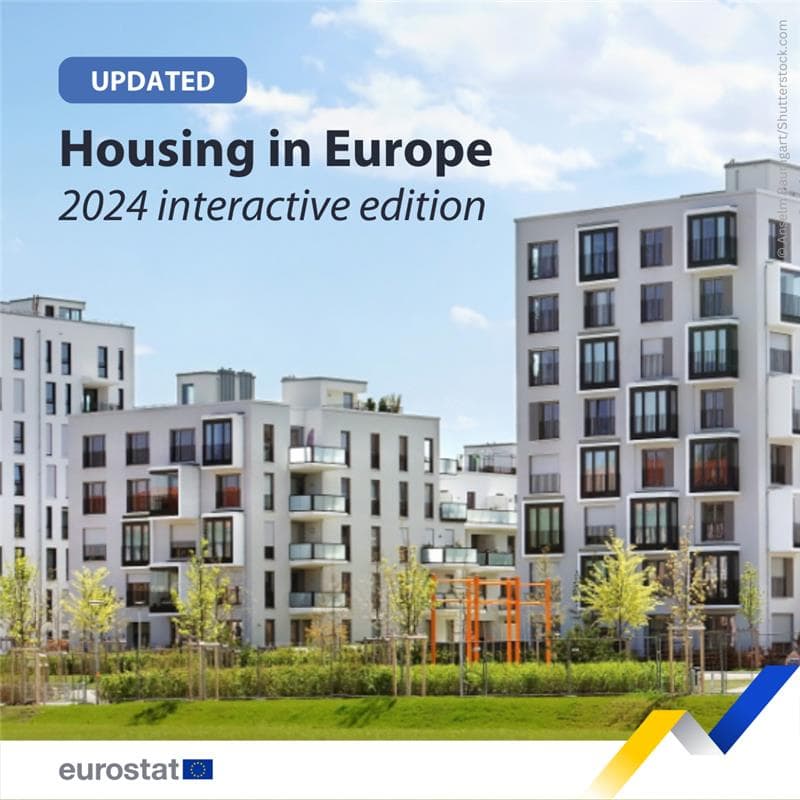Explore Connections
Discover resources that are connected to or have similarities with "Housing in Europe – 2024 edition"
Survey of European mayors: Housing crisis calls for urgent EU action
How can local leaders address the growing housing affordability crisis across Europe?
Emerging Trends in Real Estate: Europe 2025
How can the real estate sector adapt to emerging environmental and market challenges in 2025?
Affordable housing in Austria and Vienna: Key policy instruments, challenges, and lessons to learn for other countries and cities
What lessons can other nations learn from Austria's successful approach to housing affordability?
Jede Minute wird in Europa ein Gebäude zerstört
How can we reduce the environmental impact of building demolition and promote renovation instead?
NASCO Co-op Organizer's Handbook
How can communities create and sustain cooperative housing that meets diverse member needs?
Learning from co-housing initiatives — Between Passivhaus engineers and active inhabitants
How can collaborative living arrangements contribute to sustainable urban development and community engagement?
Housing in the ideology of the radical right
How do radical right political parties shape housing policies to reflect their core ideologies?
The Financialization of Housing in Europe - My Home is an Asset Class
How are investment trends transforming residential properties into profitable financial instruments across Europe?
Housing for millions without new buildings? An analysis of the theoretical housing potential of under-occupied dwellings in the European building stock
How can we utilize existing housing resources to alleviate the current accommodation challenges in Europe?
